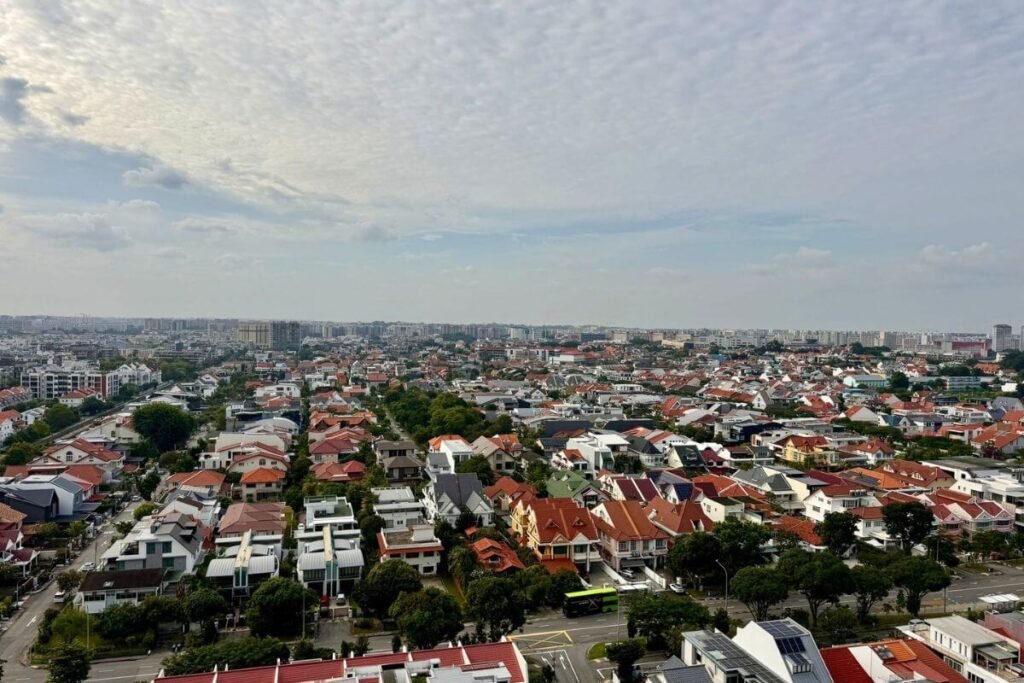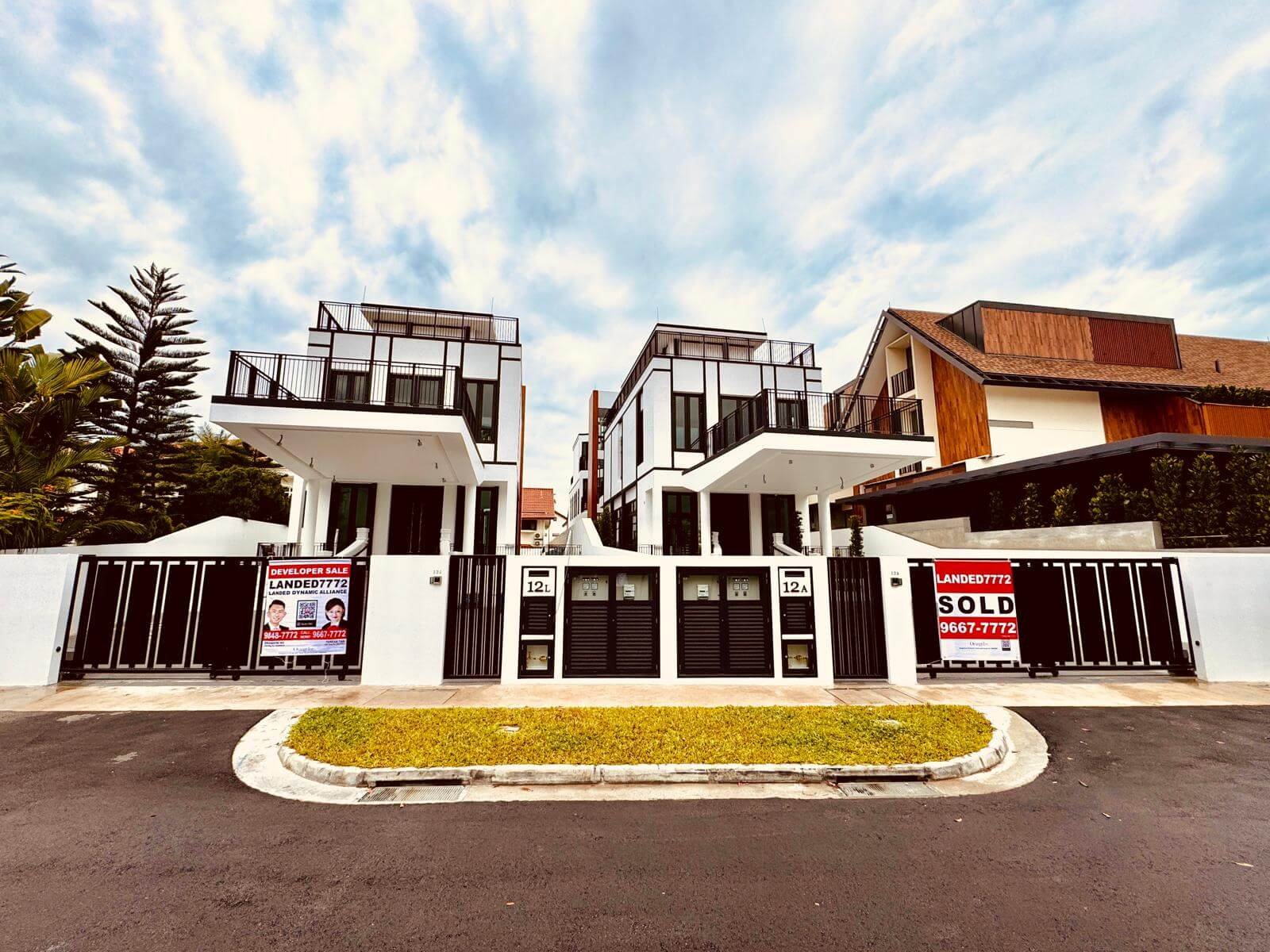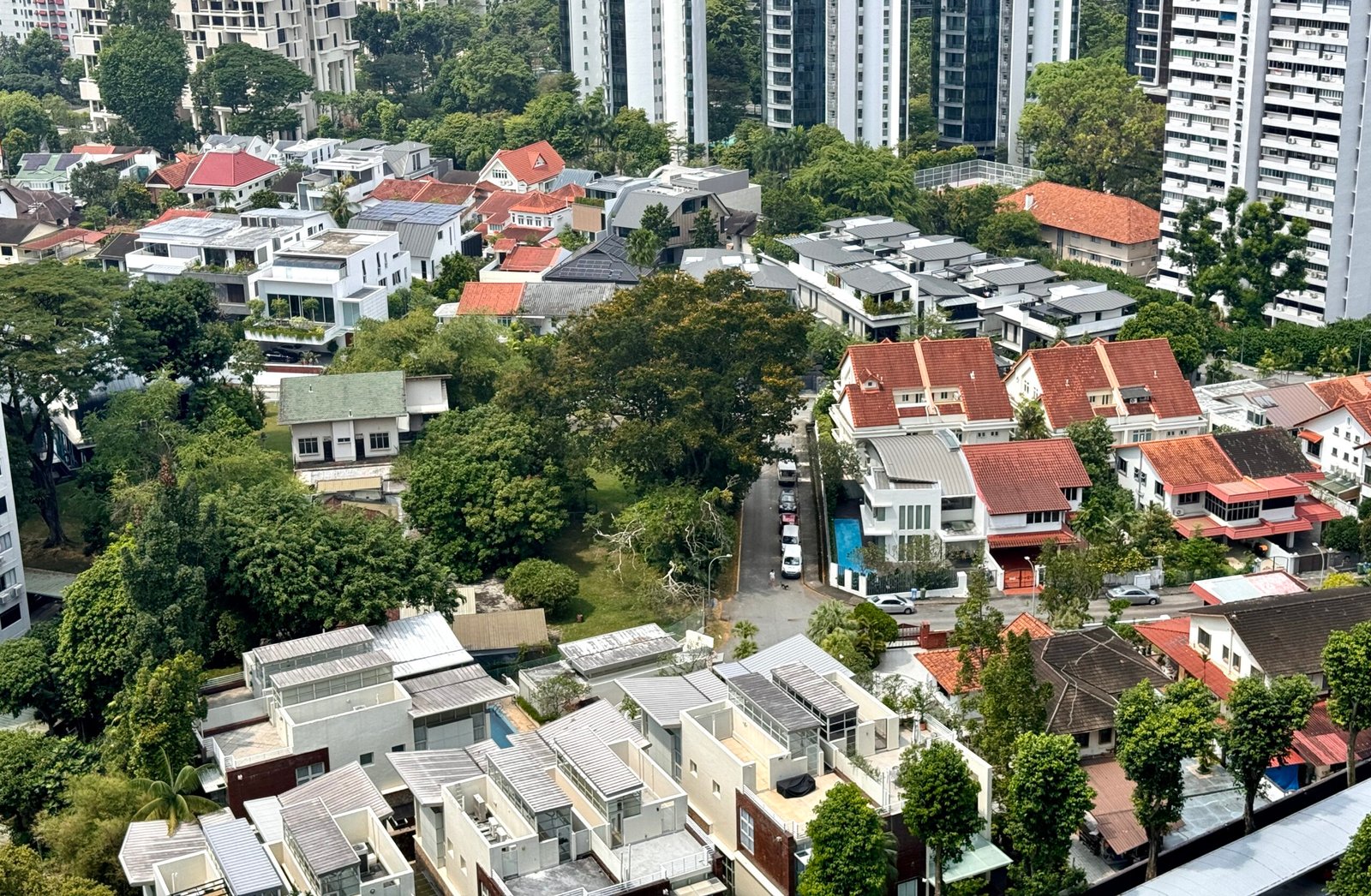Singapore’s Urban Redevelopment Authority (URA) and the Singapore Land Authority (SLA) recently updated Land Betterment Charges (LBC) in their biannual review, impacting both landed and non-landed residential properties.
Rise in LBC for Landed Properties

The LBC rates for landed properties have risen by 2.8% on average, driven by high demand, especially in the exclusive Good Class Bungalow (GCB) segment. The steady interest from ultra-high-net-worth buyers, coupled with robust market activity in key districts like Bukit Timah and Tanglin, has kept the value of landed properties buoyant.
With the GCB market remaining resilient, the rise in LBC rates may increase costs for those developing or upgrading landed properties. However, the long-term stability of landed real estate, especially in prime locations, continues to make it a sought-after investment. Property owners and developers in this segment should anticipate higher land acquisition costs but also significant opportunities, given the enduring demand.
Drop in LBC for Non-Landed Properties
Conversely, non-landed residential properties saw an average decrease of 5.4% in LBC rates. The drop can be attributed to multiple factors, including the government’s cooling measures and higher interest rates. Developers have grown cautious, particularly in launching new projects as borrowing costs increase, which has led to a more conservative approach in land acquisitions.
Singapore’s non-landed residential market is adjusting to these changes, with developers becoming more selective. The reduced LBC rates could present short-term opportunities for those looking to enter the market at lower costs, but overall market sentiment remains cautious. While demand has softened, strategic developments that cater to current buyer preferences may still perform well.
Implications for Developers and Investors
These changes in LBC rates bring distinct challenges and opportunities to both landed and non-landed sectors. For developers of landed estates, the increased charges emphasize the growing value of exclusive, low-density housing, particularly in districts where demand remains strong. On the other hand, the decline in non-landed LBC rates may encourage developers to explore new opportunities, especially as buyers increasingly seek more affordable housing options amid tighter financing conditions.
Outlook for the Market
The mixed outcomes in the LBC review reflect the complexity of Singapore’s property market. With regulatory measures continuing to shape the landscape, both investors and developers must navigate evolving economic conditions. Landed properties, particularly in prime areas, remain a stable investment, while non-landed developments may require careful planning to ensure profitability in the current climate.
The overall takeaway for industry players is that careful market analysis, prudent financial planning, and an understanding of evolving regulations are crucial for success in the post-LBC adjustment period. Both sectors present different dynamics, but with the right strategy, developers and investors can capitalize on the opportunities that these new rates present.
Conclusion
Singapore’s real estate market continues to evolve with the latest Land Betterment Charge adjustments. While landed property owners and developers face rising costs, the enduring demand for exclusive properties ensures that this segment remains strong. In contrast, the reduction in non-landed residential LBC rates offers developers a chance to recalibrate their strategies and explore opportunities in a cooling but still valuable market. Staying informed and adapting to these regulatory shifts will be key for success in the future.



